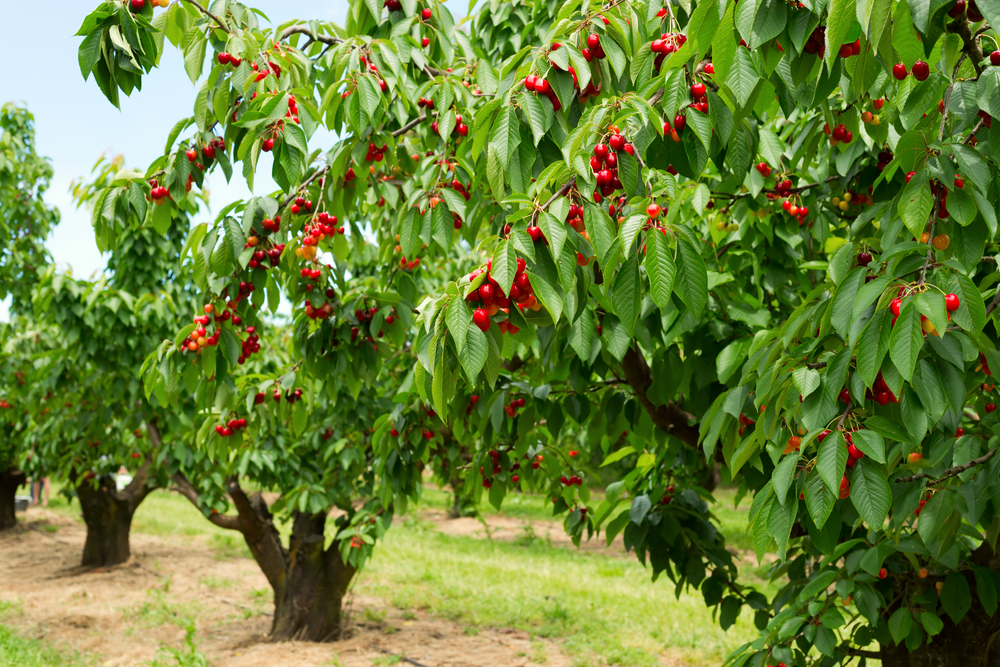
The packing line can have negative impacts on fruit quality, and a small amount of water can cause problems with cherries. A postharvest cherry study looked at what practices increase splitting and some processes that might reduce it.
A University of California, Davis, study aimed to see if any postharvest practices influenced cherry quality. “The project was looking at cherry splitting or cherry cracking. We use those words interchangeably,” Cooperative Extension Assistant Postharvest Engineering Specialist Irwin Donis-Gonzalez said. “We are trying to work directly with the packaging lines to be able to reduce this cracking by finding engineering concepts, compounds and mitigation techniques to reduce cracking.” Donis-Gonzalez, the lead researcher on the project, recently presented his findings to California cherry growers.
Why focus research efforts and money on packaging? Donis-Gonzalez said more importance should be put on the process as it’s vital to ensuring good quality fruit. “It’s the first step of getting cherries to our clients. If we don’t do a good job in the packaging line, our clients will get bad-quality product,” he said. “I see it as our eyes before customers are going to eat our product.”
The project was threefold. The first and most important objective was to see if splitting increased if the cherries were left wet when they were packaged. “It was comparing if wet cherries or dry cherries would crack more. I found that across the board in multiple varieties, wet cherries would significantly crack more,” Donis-Gonzalez said. This objective also looked at the packaging line as a whole. Samples were taken before and after the process. Donis-Gonzalez said that the packaging line itself increases cracking, which was expected.
The second objective was to see if the amount of cracking could be predicted. Donis-Gonzalez said he and his team spent endless hours monitoring splitting on the fruit, but in the end the results were inconclusive. “It was to my surprise. I have been having conversations with the industry, and people always indicate that firmness plays a role,” he said. “The industry has always said that firmer cherries will split more, but in my specific study I couldn’t find that.” Donis-Gonzalez added that if the project moves forward, this is an aspect that they will continue to look at as the size of the study may have played a role.
The final objective was to see if the makeup of the water used in the packaging line had any effect on the fruit. The team looked at calcium chloride, which is typically applied in the field to reduce rain cracking, and sucrose. Donis-Gonzalez said he wanted to see if calcium chloride was beneficial by itself or if it just changed the properties in the osmotic potential. “Sucrose did almost nothing. It didn’t really have a positive effect. What that told me is that it’s calcium chloride itself. That’s the important compound,” he said.
Temperature of the water also played a role and goes hand-in-hand with the calcium chloride. Donis-Gonzalez said avoiding a temperature shock with cold water is very beneficial. “Cherries come warm from the field and typically are dumped in cold water,” he said. “So, if we can avoid that and dump them in water that is around 60 degrees Fahrenheit, gradually reduce the temperature of the cherry to around 30 degrees and add calcium, that is positive.”










